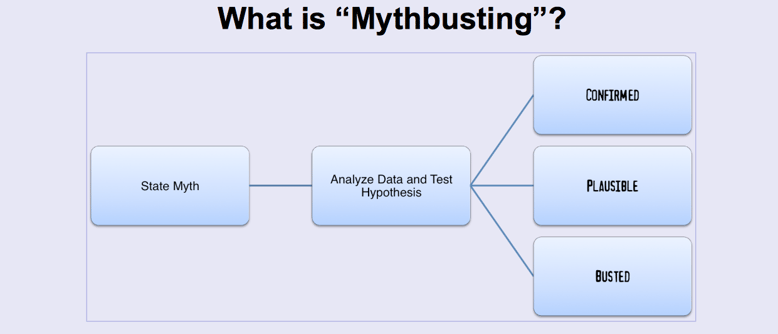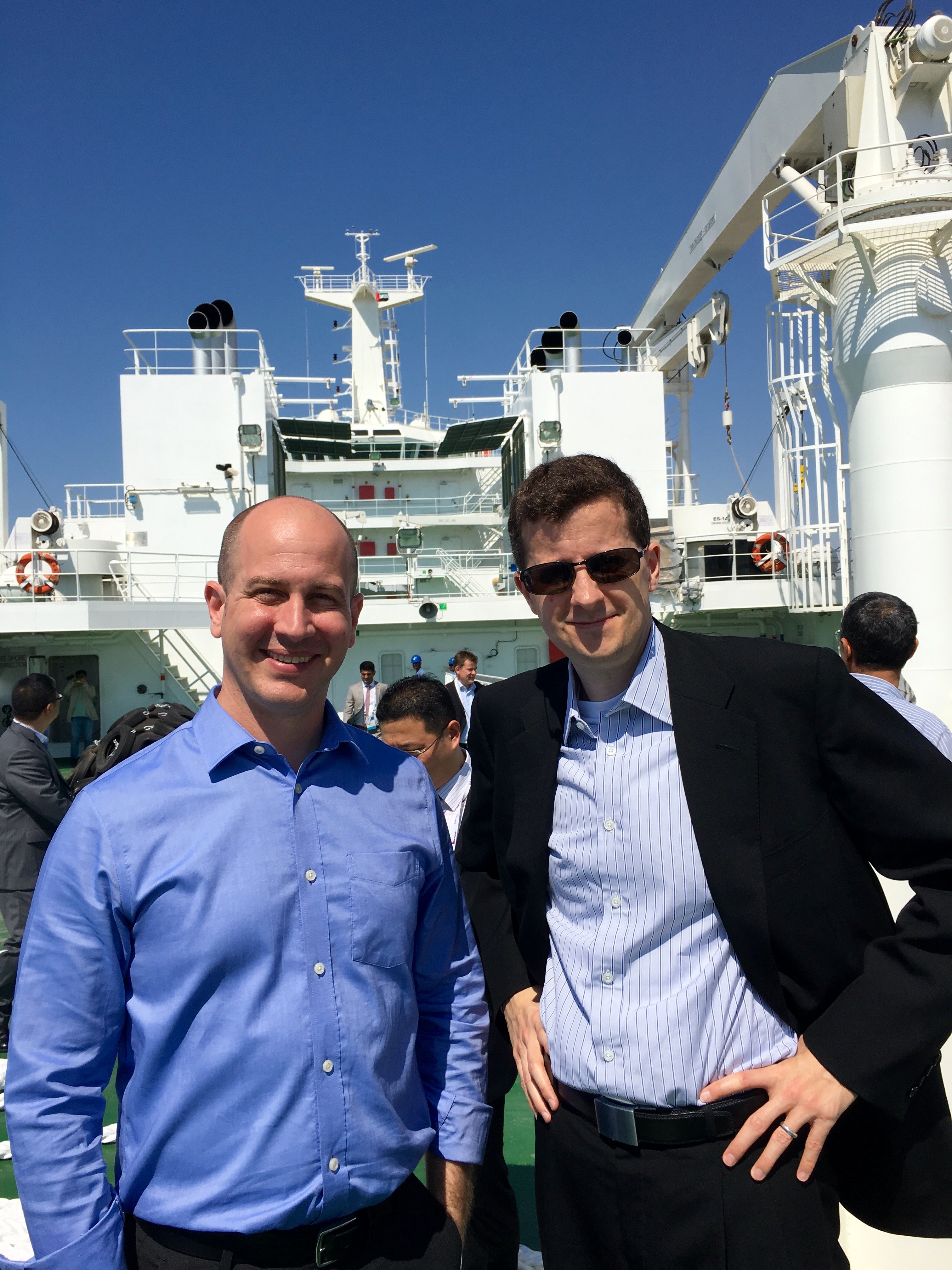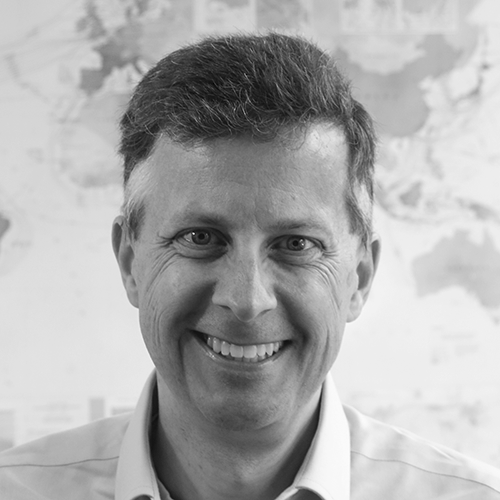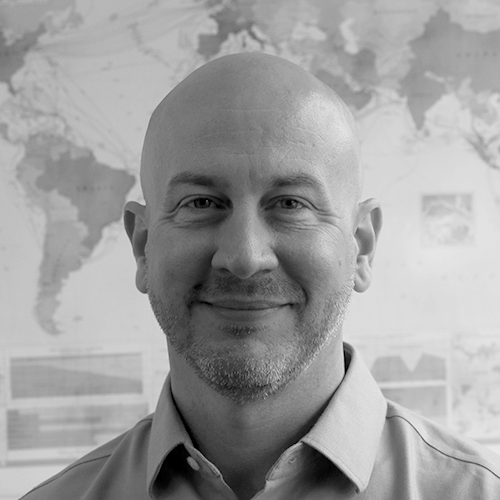TeleGeography’s Tim Stronge and Alan Mauldin returned to the triennial SubOptic conference this year to deliver a follow-up to their popular and humorous submarine cable mythbusting master class from the 2013 event. In just over an hour, Tim and Alan “exploded” eleven of the most prevalent myths about the submarine cable industry. To cover the scope of the master class, we’ll be recapping the entire presentation over the course of a three-part blog series.
Part 1: Snooping spies, post-Snowden shifts, and scary sharks
TeleGeography VP of Research, Tim Stronge, began the presentation with the disclaimer that the single purpose of the mythbusting “show” was to entertain the audience and that if any actual learning occured, it would be “completely inadvertent.” Tim continued to explain how mythbusting, as pioneered by the eponymous television show, works: “Basically, they take a commonly held belief, put it to test by doing some experiments, usually there’s an explosion or two—there will be none of that here, hopefully—and they’ll decide, based on their experiments, if the myth was confirmed, plausible, or busted.” Tim and Alan applied the same process to test the eleven below mentioned sub cable myths.

The myths put to the test during the first part of the presentation include:
- Cables that avoid U.S. territory are free from mass surveillance: The Snowden revelations made clear that the NSA is indiscriminately collecting huge amounts of data. If the United States is the only nation that collects data in this fashion, does this mean that avoiding cables that go through the United States prevents surveillance?
- Internet providers around the world have become less reliant on the U.S. as a result of the Snowden revelations: The activities of the NSA were met with much criticism from around the globe, but were nations able to do anything to route their internet traffic away from the U.S. following 2013?
- Sharks pose the greatest danger to undersea cable infrastructure: A popular story the circulated around the internet for years, but just how often do sharks bite sub cables?
Continue here for Part II of this series, when Alan Mauldin takes on the following cable myths:
- Demand for submarine cable capacity is doubling every two years
- Content providers need fiber pairs everywhere
- The global network has never been more resilient
- Netflix has huge subsea capacity requirements
- The destruction of a single satellite would cause half of North America to “lose their Facebook”
Tim Stronge
Tim Stronge is Chief Research Officer at TeleGeography. His responsibilities span across many of our research practices including network infrastructure, bandwidth demand modeling, cross-border traffic flows, and telecom services pricing.
Alan Mauldin
Alan Mauldin is a Research Director at TeleGeography. He manages the company’s infrastructure research group, focusing primarily on submarine cables, terrestrial networks, international Internet infrastructure, and bandwidth demand modeling. He also advises clients with due diligence analysis, feasibility studies, and business plan development for projects around the world. Alan speaks frequently about the global network industry at a wide range of conferences, including PTC, Submarine Networks World, and SubOptic.





